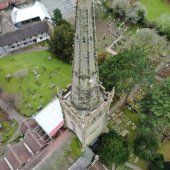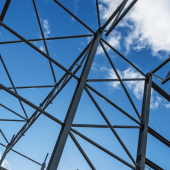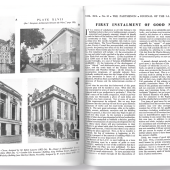Preservation and conservation winner: NPS Leeds Ltd for Leeds Town Hall
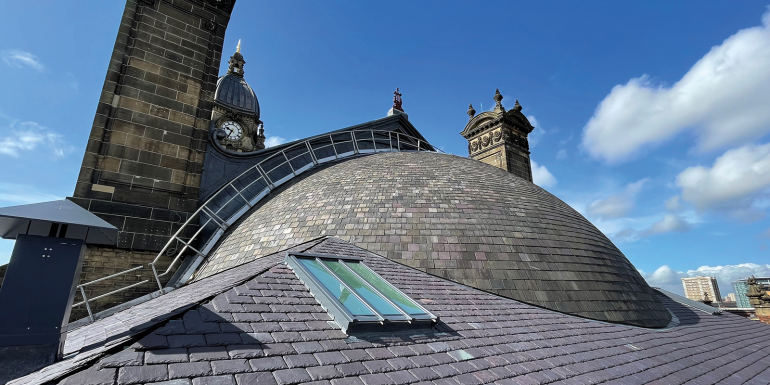
Winner: NPS Leeds Ltd for the roof of Leeds Town Hall, a Victorian Grade I listed asset damaged by water ingress and corrosion
Designed by Cuthbert Brodrick FRIBA (1821–1905) and opened by Queen Victoria in 1858, Leeds Town Hall is a Grade I listed heritage asset and a landmark building. Rainwater had started to penetrate into the building, which led the building owner, Leeds City Council, to commission NPS Leeds Ltd to carry out a condition survey of the roofs.
This survey identified numerous issues. It found that the slates were slipping and breaking, lead was beginning to corrode and crack, glazing bars were corroding and splitting, internal lead rainwater downpipes were leaking, and pigeons were getting into the roof voids. The water damage was evident in the timber roof structure, and internal historic plasterwork had areas of water damage. NPS Leeds Ltd was commissioned by Leeds City Council to design and project manage a sympathetic major roof repair scheme, through services including heritage research and advice, building surveying, electrical engineering, mechanical engineering, quantity surveying, project management, structural engineering and CAD.
Within the project brief, the client included preservation and acoustic improvement works to the Victoria Hall windows, preservation and improvement works to the lighting in Victoria Hall, improvement works to the access walkways, and thermal improvement works. They also added works to upgrade the rainwater goods, the ventilation to Victoria Hall and the lightning protection, as well as bird deterrents.
Local authority conservation officers and Historic England were engaged from the start and this meant the Listed Building Consent was granted within the eight-week timescale. The project budget was £4.8m. Design work began in April 2016, site work began in Oct 2018 and the project completed in Sept 2021 on time and under budget thanks to close collaboration and good communication.
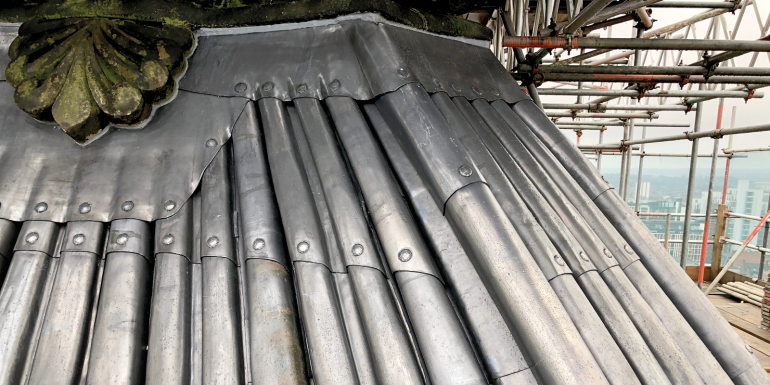
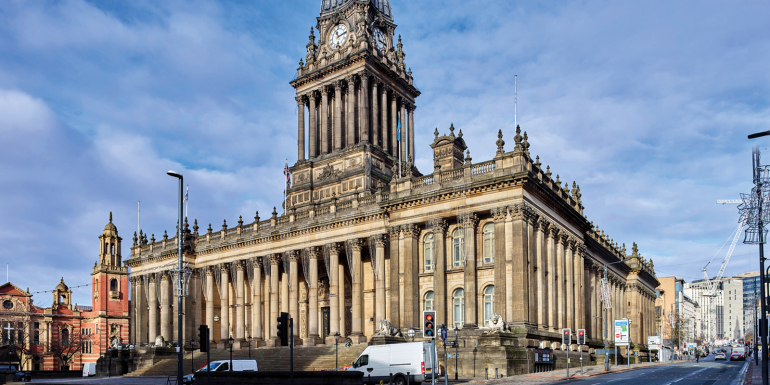
Thin thermal insulation left the overall aesthetics of the building unaltered
Restoration and reinstatement
The project respected and preserved as much of the historic building fabric as possible and introduced modern materials sympathetically. Approximately 45% of the original slates were reused, all original roof timbers were preserved in situ. Unfortunately, the original lead was brittle and corroded, and none could be saved. New code 6, 7 and 8 lead was used and fitted to match the original design. All the original cast iron roof lights were restored and reinstated in their original positions. The walkways were upgraded and extended to meet current health and safety legislation and the maintenance requirements of the building.
Judges’ comments
It’s a really impressive, specialist regeneration project that expertly blended old with new. It has preserved much of the historic building fabric of the roof, and the introduction of modern materials, particularly the use of insulation, has sympathetically safeguarded the building for decades to come. The team has overcome many technical and health and safety challenges, some of which were extremely specialised and should be congratulated for their dedication to the conservation of buildings.
Modern powder-coated aluminum double glazed roofs were installed, incorporating UV and anti-glare filter technologies with low-E performance, which improves the building’s thermal efficiency, especially when coupled with the modern thermal insulation quilt was installed over the rafters. Its minimal thickness left the overall aesthetics of the building unaltered.
The electrical engineer, specialist contractor and local authorities Conservation Officer designed an innovative LED lighting system to work within the existing chandeliers without effecting their historic significance and would allow lower energy consumption.
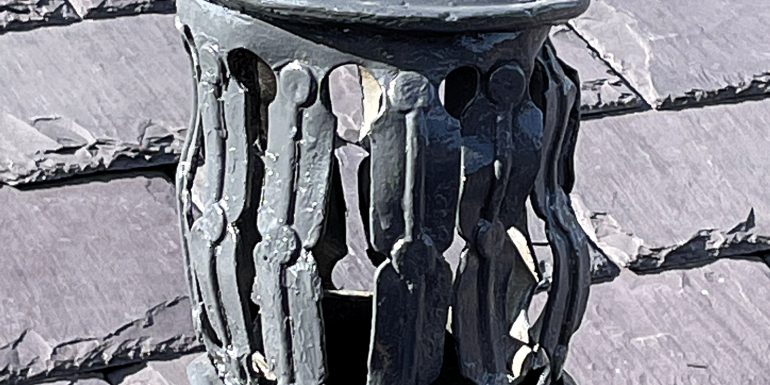
Before the renovation, slates were slipping and breaking, and lead was beginning to corrode and crack
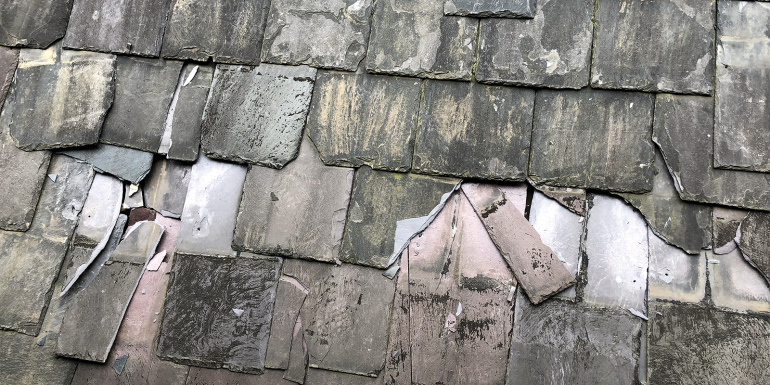
Skills succession
As part of the tender, the client required the inclusion of a project-specific Employment and Skills plan. This focused on employing an agreed number of apprentices from the Leeds district. The contractor, working in unison with the National Skills Academy and the client’s employment and skills department, ensured suitable workplace opportunities.
The Principal Contractor also used local specialist heritage sub-contractors for leadwork, cast-iron works and specialist glazing works, all of which helps ensure that these specialist skills are kept alive and that these trades are not lost.
The client is relieved that they no longer need to cordon off areas in bad weather due to water ingress, but the legacy of this project is not simply that the building has been made watertight. This project has restored an iconic, nationally important Grade I heritage building for future generations to enjoy.
For more, visit bit.ly/NPSLeedsTownHall


